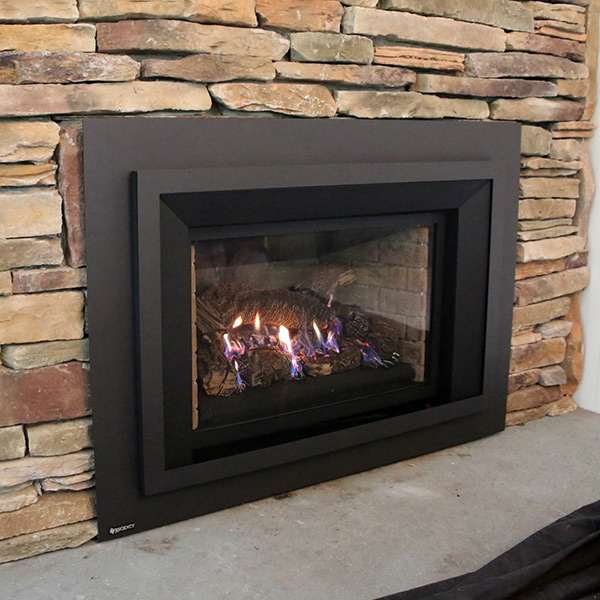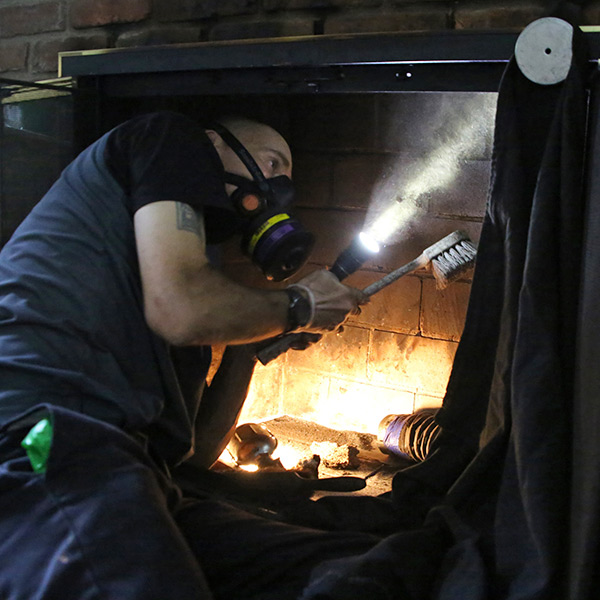Q&A: When Is the Best Time for an Exterior Chimney Repair

We’ve received many questions about exterior chimney repair over the years from concerned homeowners trying to keep up on the maintenance of their chimney. This includes damage to mortar and any structural damage not involving the flue, fireplace, and so on. Here’s some of the most interesting questions that we’ve received, and our answers to them.
- What type of chimney requires the most maintenance?
All chimney types require similar amount of maintenance! Stone, concrete, brick and mortar…it doesn’t matter. Water will seep through the porous material and form cracks during the freeze thaw cycles of winter. Even if you have a chimney made of metal, exposure to the elements will cause rusting and natural deterioration. According to the CSIA, chimneys need checked once a year by means of inspection, to make sure that there are no leaks, water damage, or harmful chemicals getting into your home – Especially in any areas that experience freeze & thaw cycles in winter months. At Superior Chimney, our professionals can identify and fix any damages with various exterior chimney repair procedures!
2. What are some of the most common problems you see?
A chimney is like a machine: with or without constant use, it will eventually need attention and experience wear and tear. We consistently service chimneys with cracks in the chimney crown or chimney structure, damaged chimney cap or flashing. Chimneys can last a long time if properly cared for…even if it is ‘old’. Superior Chimney can ensure longevity of the chimney with proper inspection and maintenance. However, some chimneys are left untouched where it requires a partial rebuild or a full rebuild, meaning starting from scratch.
3. How can I prevent serious external damage?
A chimney is a critical aspect to your home. Any serious damage to it will cause problems inside the home. As said before, keep up on the maintenance of your chimney with regular yearly inspections done by a certified professional. To extend the life of the chimney, Superior Chimney offers Chimney Saver, a waterproofing agent. It protects the porous bricks, stone and mortar from absorbing water, keeping your chimney dry through the freeze & thaw cycles of winter.
4. I don’t use my chimney. Do I really have to do all this maintenance?
The short answer is, yes. Whether or not you use it, the exterior of the chimney experiences harsh weather conditions. The more you avoid attention to the chimney, deterioration continues down its own path and is progressive. Keeping up on yearly inspections will save you the experience of water leaks, water damage and a deteriorating exterior chimney as well as deterioration in adjacent home construction materials from water leaking. We are in Chicagoland… Hot, humid, rainy, snowy then freezing. As hard as it is on our bodies it is similarly as damaging to the exterior of your chimney!
If you recognize any exterior damages to your chimney, from small cracks bricks falling out, a rusty and damaged flashing, or no chimney cap, call Superior Chimney today at 877-244-6349. A professional will assist you on your next steps.
This post first appeared on https://www.superiorchimney.net



 No fires for 24 hours
No fires for 24 hours Compile any questions and concerns ahead of time
Compile any questions and concerns ahead of time